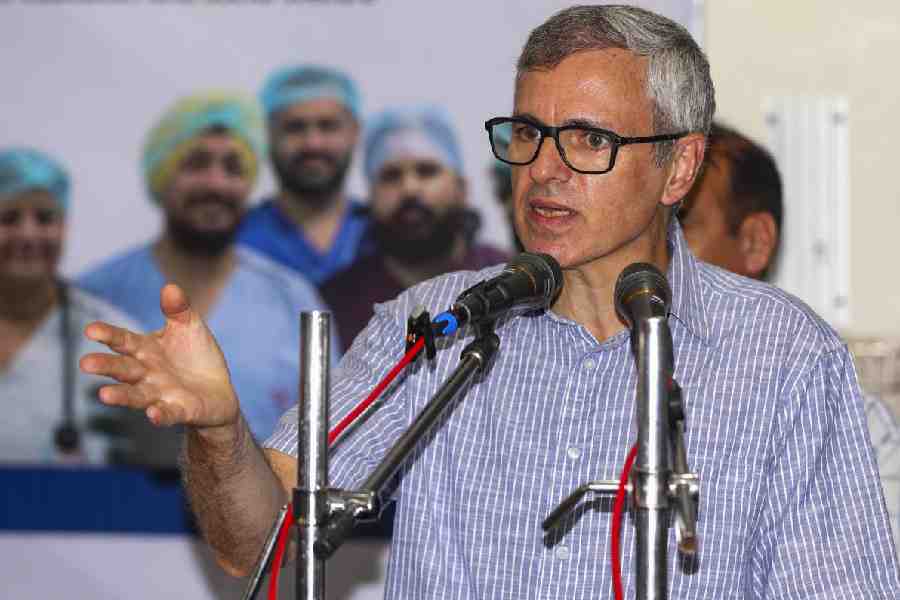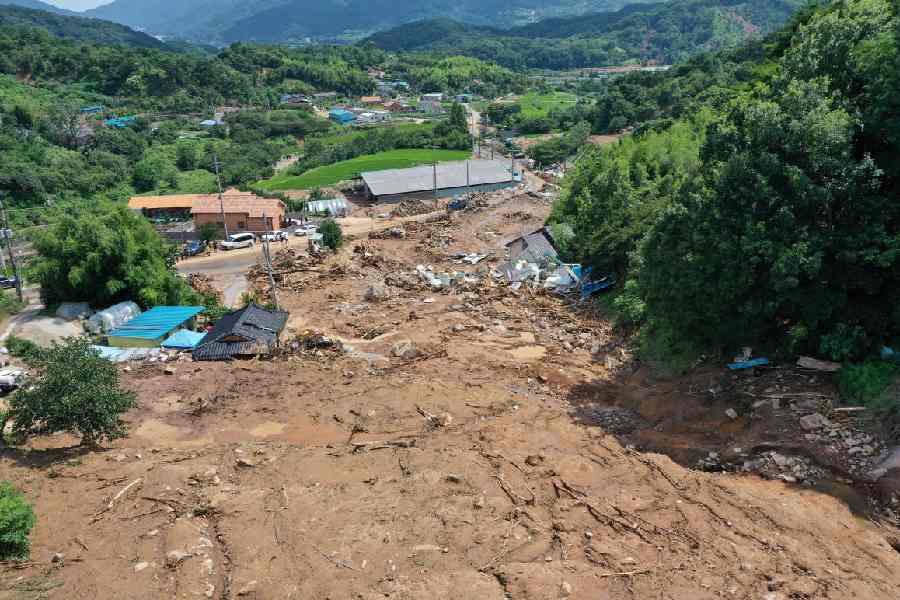Patna: The Bihar government on Tuesday unveiled its own crop insurance scheme after rejecting the Centre's on the ground that it was helping insurance companies more than the farmers.
The Bihar Rajya Fasal Sahayata Yojna will provide financial help to farmers, shield them against nature's vagaries, provide continuity of income in adverse situations and make agriculture a profitable livelihood.
The scheme, approved at a cabinet meeting chaired by chief minister Nitish Kumar, will be for all types of farmers - those who have their own farms, as well as those who work on others' fields.
The decision to scrap the central Pradhan Mantri Fasal Bima Yojana is being seen as a snub by the Nitish-led government to the Narendra Modi dispensation. Bihar has been at loggerheads with the Centre over crop insurance for the last couple of years, especially when Nitish was a part of the Grand Alliance.
Under the new scheme, farmers will be registered online without any charge, no fee will be taken from them and benefits will be directly transferred to their bank accounts. It will be implemented from the upcoming kharif season.
The scheme has been conceptualised by senior IAS officer Amrit Lal Meena. It will be implemented by the cooperative department, whose principal secretary, Atul Prasad, said the government will fork out Rs 300 crore in the first year.
Under the central scheme, the Union government and the state used to each share 49 per cent burden of the premium, while the farmers had to pay the remaining two per cent to crop insurance companies, which are central PSUs. The state scheme will be completely free for the farmers.
"The latest data related to PMFBY is of the 2016 kharif season in which the state's share of crop insurance premium was Rs 495 crore, but our farmers got a relief of only Rs 221 crore," Prasad said.
Meena said that under the central scheme, only 15 per cent farmers of the state were covered. The state scheme will cover all farmers.
"Farmers will be given financial help on the basis of drop in actual production rate in comparison to their threshold production rate. If the drop is up to 20 per cent, an assistance of Rs 7,500 per hectare will be given to farmers for a maximum of two hectares. If the drop in production is more than 20 per cent, an assistance of Rs 10,000 will be given per hectare for a maximum of two hectares," Meena said.
The threshold limit will be calculated on the basis of the formula - average yield of the last seven years x 0.7.
More than 90 per cent farmers in the state have less than two hectares of land.











